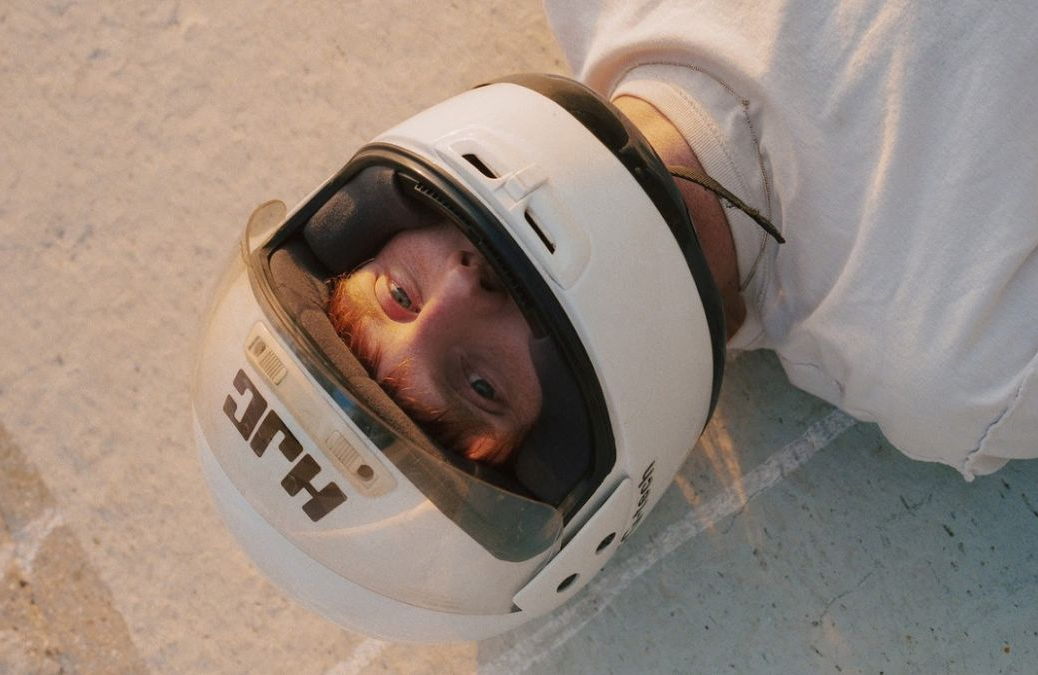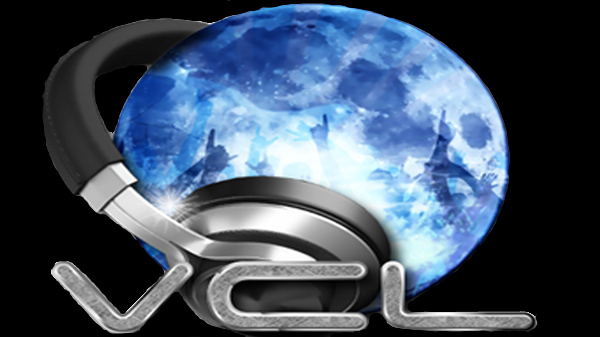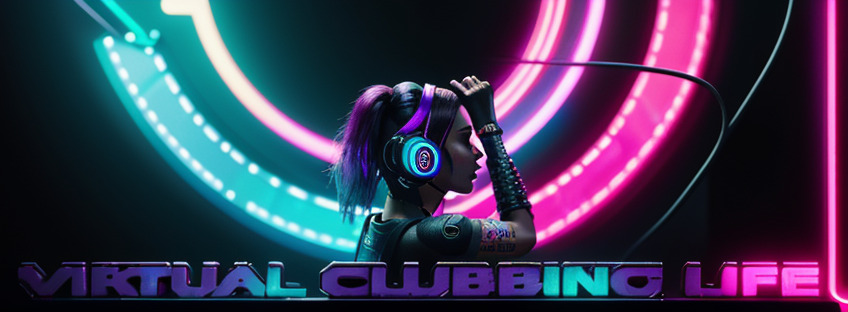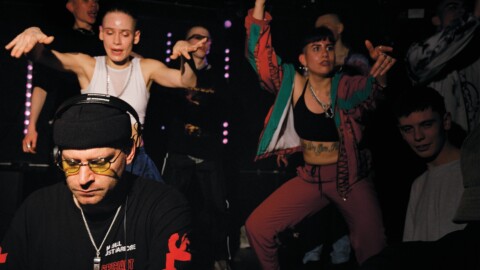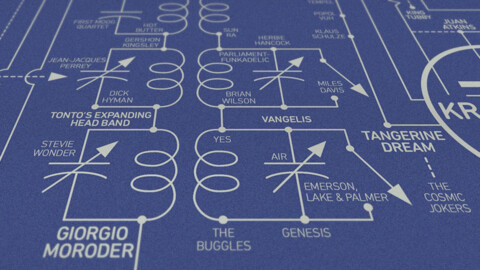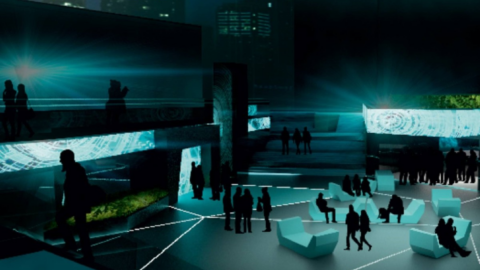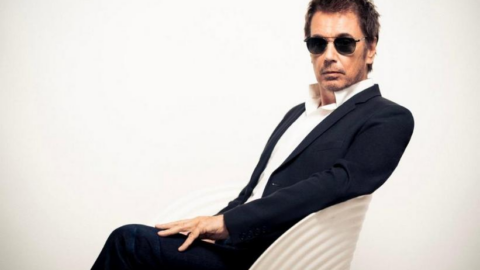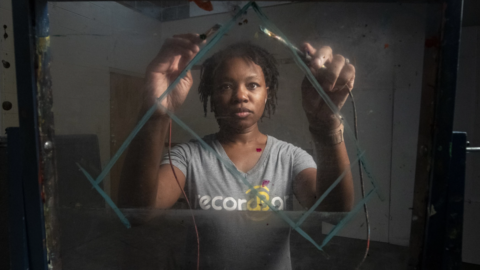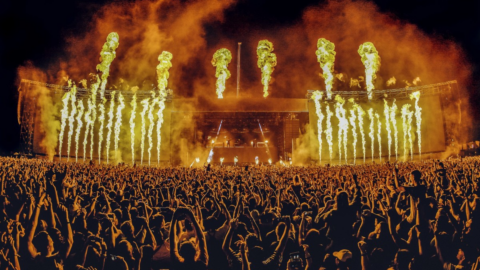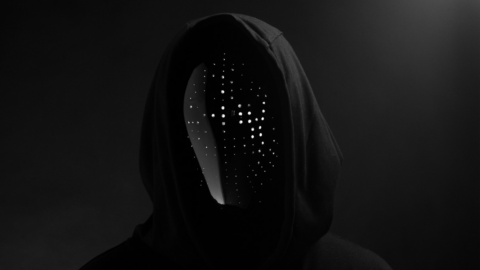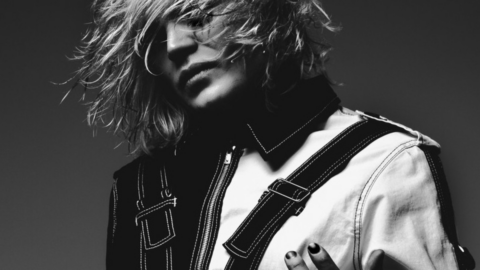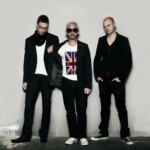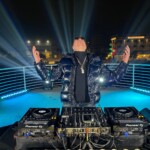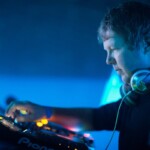When you purchase through links on our site, we may earn an affiliate commission. Here’s how it works.
On his latest album as PENDANT, Chris Adams synthesizes the sounds of ’90s rave and electronica with the punk he was raised on
The global pandemic brought about difficult circumstances for all of us, including musicians and producers. However, many found that in the unfamiliar conditions imposed by lockdowns and quarantine, they were compelled to create in a new way.
For Los Angeles-based musician Chris Adams, who records under the alias PENDANT, this served as the impetus for his latest album, Harp, which saw him forced to abandon the guitar-centred approach that defined his earlier work and experiment with new techniques and sounds, embracing electronic influences that had previously lain dormant.
Released on cult indie label Saddle Creek this April, Harp still bears traces of the punk and shoegaze that Adams was raised on, but it filters these through a lens that’s coloured by the shades of ‘80s pop, ’90s house and abstract electronica. Pairing processed vocals with raucous breaks, warped synths and abrasive sonic textures, Harp takes an impressionistic trip through the mind of an artist unafraid to transcend his influences and produce something entirely new. 
“I started playing the drums when I was twelve. I was obsessed with punk rock and extreme music of the time in the early to mid-00’s – think Linkin Park, NIN, Slipknot; anything loud one might hear listening to KROQ in 2005. There were a handful of local punk bands I followed too. They really motivated me to do my own thing – get a band together and play shows. It all became so tangible and realistic after I started seeing kids my age participating in the punk scene. It was really empowering in a way that I hadn’t experienced in my life before then.”
You’ve mentioned before that when the pandemic hit you were unable to access your traditional music-making tools and were forced to work in a new way. Could you go into some more detail on this process?
“Most of Harp was made on my laptop. I bought a Juno 106 and an M-Audio interface shortly before I started recording, but a majority of the sounds came from sampling and software instruments. My quarantine situation gave me a great opportunity to put my head down and experiment with electronic music. I spent a few months learning very basic functions in Logic. Then I started downloading dozens of old R&B/soul drum breaks and chopping them up – Amen, Funky Drummer, Hot Pants, Apache… I became obsessed with splicing these old breaks in a way that felt unique to me.
I became obsessed with splicing these old breaks in a way that felt unique to me
“I found a software version of the Prophet-5 and got my hands on Serum through a friend. I’d write out a melody or some chords in the piano roll and go through every single preset, adjusting different knobs and parameters (usually at random) until I started to understand the makeup of each instrument. From there I got better at translating the sounds I envisioned in my head into my Logic session. There were a million happy accidents along the way that really elevated the songs. I learned the most from dozens of small unintentional mistakes that ended up sounding more expressive and interesting than my original idea – things that I never would have thought of trying on my own.”
Tell us about your studio/set-up.
“I recorded everything from home – first in Oakland then in Los Angeles. When I started this record I was in a small apartment with my girlfriend. We had little to no extra space so I worked almost entirely in-the-box. I downloaded a bunch of VSTs from Soundtoys and Arturia and made do with the very basics.
The structure and nucleus of a song always takes priority over the tools I’m using to assemble it
“When we moved to LA I was able to dedicate an extra bedroom to use as a studio. I have a pair of Neumann KH120A monitors, a Roland SP-404SX, an Akai MPD32, the M-Audio interface I mentioned and a Rode NT2 microphone. I’ve also got a couple guitars, an assortment of effect pedals and a Fender Super Reverb amp from the 70’s. I consider myself something of a luddite with gear, so I’m prone to keeping things pretty spartan. I usually like it that way – the structure and nucleus of a song always takes priority over the tools I’m using to assemble it. If I know I have a good idea for a song I’m confident I can find the right sounds without looking too far.”
What DAW (or DAWs) do you use, and why did you choose it?
“I’ve been using Logic to record and Ableton to perform. Pretty standard setup as far as I’m aware. I chose Logic because it most resembled Garageband, which I’d been using for ages to record demos. Learning Ableton has been a real trip. In fact, I put it off for as long as I possibly could because I was so intimidated by having to take on a different program. But a million YouTube tutorials and a few months later I feel pretty competent. It’s been exciting planning out my live set and I’m sure I’ll utilise some of Ableton’s built-in effects for recording going forward.”
What one piece of gear in your studio could you not do without, and why?
“My Audio-Technica headphones. I made the entire album using them. I literally didn’t own monitors until I finished recording everything. I don’t think I’ll be able to record with my monitors now actually. I have to use headphones. I’ll take a listen through speakers for reference once I’m done working, but the actual work is done with my headphones.”
What’s the latest addition to your studio?
“I haven’t made any really substantial additions since finishing my record, Harp. The last thing I got before that was Serum, which I know is an extremely common tool these days, but it added so much color to the record that wasn’t there before. It’s usually the first thing I open when I start a new project. There’s an extremely heavy bass setting I return to time and again that sounds like an 808 with this warbly oscillating effect on top of it. Hard not to put on everything.”
What dream bit of gear would you love to have in your studio?
“A real life Prophet-5. Not the software. One day.”
When approaching a new track or project, where do you start?
“If I don’t already have a specific idea for a song I’ll always start with drums. Finding an interesting groove will usually automatically generate melodic ideas. The two are intrinsically tied for me. Even setting the BPM can get the gears turning on chords/melody. The drums should usually be able to support the track on their own. They’ll almost immediately start informing melodic decisions. That’s when I know I have the right foundation for a new song. “
What other artists do you look up to for inspiration?
“Beastie Boys, Outkast, Aphex Twin, My Bloody Valentine, Total Control – I look to iconoclasts of every genre; artists and bands that synthesise disparate sounds into something cohesive and harmonic.”
If you had to pick one track that’s been most influential on your work, what would it be?
“Saint Etienne – Only Love Can Break Your Heart. I love the drum sounds on this song. A super compressed drum break with all this ear candy flying in the upper frequencies. Every part of the song is so infectious. I would live inside that song if I could.”
What do you think makes you unique as a producer and musician?
“Maybe my background in punk and hardcore. I’ve always been attracted to extreme music. With this record I wanted to channel the same energy and urgency I feel from bands like Bad Brains or Converge, only with a totally different sonic palette. I relied a lot on subs and 808s to fill space and make the songs really knock.
I started sampling guitar feedback from some of my favourite bands and sending it through different envelope filters and oscillators
“That’s something punk and rock music in general can’t really afford. The sounds are all condensed into a mid-range brick – which can result in some amazing sounds – but when you’re playing in a band like that you can’t reach into the piercing highs or booming lows that are accessible in electronic music. Making that connection was really exciting. I started sampling guitar feedback from some of my favourite bands and sending it through different envelope filters and oscillators. It felt like a collision of all of my interests – something that shouldn’t necessarily sound good, but does anyway.”
What are you currently working on?
“I’m playing shows all over America so my focus has been almost entirely on building my live set. Much like my production set-up, my live rig is pretty lean. Only the essentials – MPD32, SP-404SX, TC Helicon Performance V and an audio interface. I’ve managed to organise a lot of interesting combinations of effects and live mixing with just a few tools, so I’m pretty pleased with what I built.”
“I’m a big proponent of throwing yourself out of your comfort zone and into the unknown. But you have to know when to push the boundaries and when to rely on what you know. I know I love big dramatic choruses. If I can hear a chorus in my head, but for whatever reason choose to be a contrarian and veer away from that idea, I’m stopping myself from doing what I love – from being who I am! There is a chance that the better idea is the one you’re not normally prone to doing. Again, this must be practised in moderation. You should remain open to surprises, but don’t lose sight of what you’re already good at. If it feels good, do more.”
“When I can’t seem to motivate myself to really go for it on a new track, I’ll close my computer, put my phone in the other room and stare at the wall in front of my desk for as long as I can. Sounds weird but when your brain has literally nothing in front of it for an extended period of time it opens up these cracks in your subconscious that aren’t really accessible in a focussed work-state.
“It’s almost like meditating, but while you’re doing this you’ll notice that staring at a wall isn’t relaxing; it’s actually super boring! So boring in fact that the notion of working on a stubborn demo begins to sound really exciting. When you deprive yourself of any activity whatsoever, the mundane or uninteresting stuff quickly becomes attractive in comparison. It takes some discipline but it’s a great way to sort of reset your brain when you get stuck.”
“Pretty straightforward, but if you have the structure for a song worked out and you want to emphasise and expand on its best qualities, start layering the existing parts with new sounds on the other end of the frequency spectrum. Layer a deep, subby kick with something bright and textural. Take your main melody and pitch it an octave up. Layer that with the original. If the lead is played on a dreamy pad, add a sharp, percussive version under it. This can bring out new emotive elements of the song that you may not have known were there before.”
PENDANT’s new album, Harp, is out now on Saddle Creek.
Don’t miss the latest deals, news, reviews, features and tutorials
I’m the Tech Features Editor for MusicRadar, working on everything from artist interviews to tech tutorials. I’ve been writing about (and making) electronic music for over a decade, and when I’m not behind my laptop keyboard, you’ll find me behind a MIDI keyboard or a synthesizer.
MusicRadar is part of Future plc, an international media group and leading digital publisher. Visit our corporate site (opens in new tab).
© Future Publishing Limited Quay House, The Ambury, Bath BA1 1UA. All rights reserved. England and Wales company registration number 2008885.
